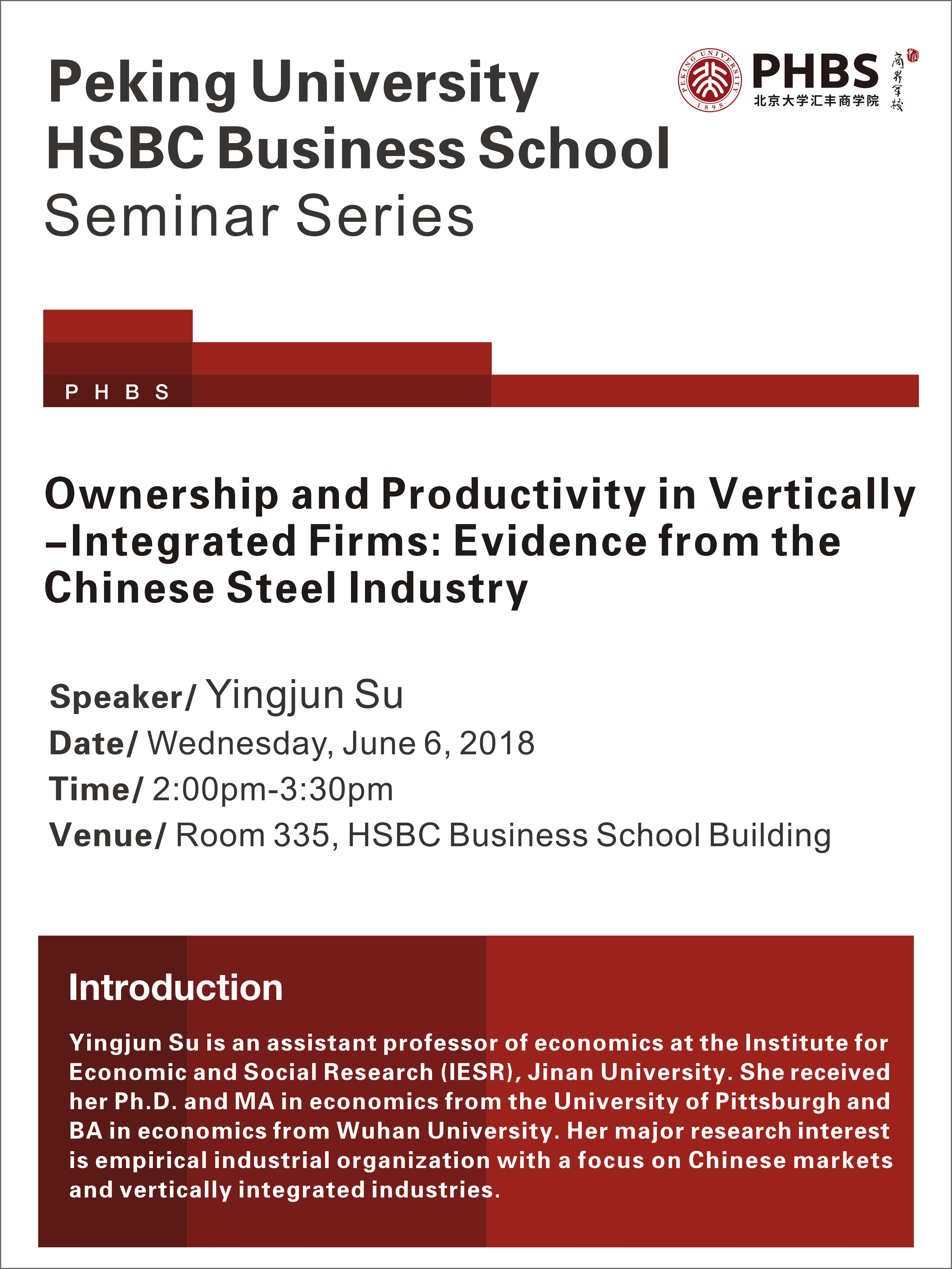
We study productivity differences in vertically-integrated Chinese steel operations using a unique data set that provides plant-level information on material inputs and output in physical units and plant equipment for each of the three main stages in the steel value chain, i.e., sintering, iron-making and steel refining. We find that private vertically-integrated units are more productive than provincial state-owned (SOEs) firms, followed by central SOEs. This ranking lines up with our productivity estimates in the two downstream production stages, but central SOEs outperform in sintering, most likely because of their superior access to higher quality raw materials. The productivity differential favoring private firms declines with the size of vertically-integrated operations, turning negative for units larger than the median. We attribute this pattern to differences in the internal configuration of vertically-integrated units, which reflect the greater constraints confronting expanding private sector firms. Increasing returns to scale within each stage of production partially offset these costs, and rationalize firms' choice on larger vertically-integrated operations.









